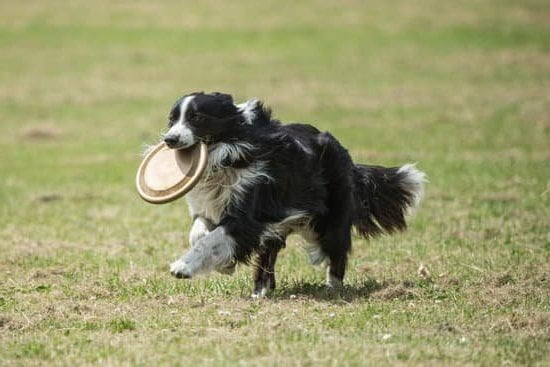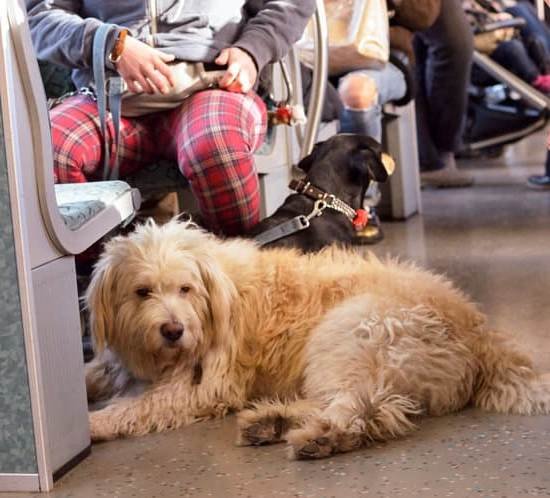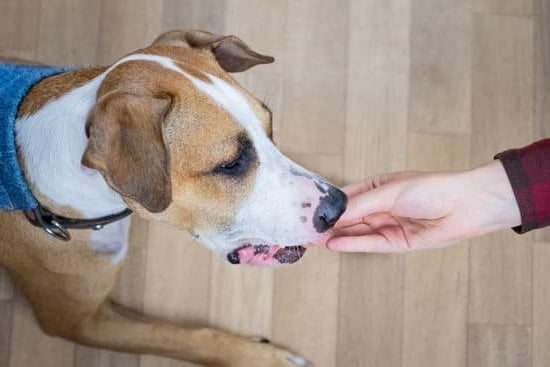Dog Barking Crate Training
There are a few reasons why your dog might be barking in their crate, but the most common reason is that they are trying to tell you something. Maybe they’re feeling anxious or uncomfortable, or they could be trying to get your attention.
The best way to determine why your dog is barking is to watch them closely and see what happens immediately before they start barking. Once you know what’s causing the barking, you can start working on a solution.
If your dog is barking because they’re anxious or uncomfortable, you can try to make them feel more secure by putting a blanket or some other soft object in the crate with them. You can also try to make the crate less scary by gradually introducing them to it and making sure that it’s always a positive experience.
If your dog is barking because they want your attention, you can try to ignore them when they bark and only give them attention when they’re quiet. You can also try to get them used to being alone in their crate by leaving them in it for short periods of time.
Dog Crates For Training
One of the most important pieces of equipment for dog training is a dog crate. Dog crates can be used for a variety of purposes, including housetraining, confining a dog when you’re not home, or as a place for the dog to sleep.
There are a few things you need to keep in mind when choosing a dog crate. The first is size. The crate should be big enough for the dog to stand up, turn around, and lie down in. If the crate is too small, the dog may feel cramped and stressed.
The second thing to consider is type. There are three types of crates: wire, plastic, and soft-sided. Wire crates are the most popular type, because they are the most versatile. They can be used for housetraining, traveling, and as a place for the dog to sleep. Plastic crates are good for housetraining and traveling, but they are not as versatile as wire crates. Soft-sided crates are best for traveling, but should not be used for housetraining or as a place for the dog to sleep.
The third thing to consider is the type of closure. The most common type of closure is a metal clip. Some crates have a door that can be left open or closed, while others have a slide-bolt latch that can only be opened from the outside.
The fourth thing to consider is the price. Dog crates come in a wide range of prices, from around $20 to $200.
Once you’ve chosen a dog crate, there are a few things you need to do to make sure it’s comfortable for the dog. The first is to put a bed or a blanket in the crate. The second is to make sure the crate is in a quiet, safe place where the dog can’t get into trouble.
If you’re using the crate for housetraining, make sure to put the crate in a place where the dog can’t see or hear people and animals. And, most importantly, make sure to praise the dog when he goes in the crate and give him a treat.
Crate Training At Night Dog
training can be a daunting task, but with a little patience and some basic knowledge, you can have your dog trained in no time. One of the most basic – and important – commands a dog needs to learn is how to “stay” in one place. This command can be especially useful when house training a dog, as it will help keep them from wandering off and making a mess inside. One way to help your dog learn this command is to use a crate. A crate is a great way to confine your dog while you’re away, and can also be used to train them to stay in one place. When you’re first starting to crate train your dog, put them in the crate for short periods of time and gradually increase the amount of time they spend in the crate. Make sure to give your dog plenty of opportunities to go outside to relieve themselves, and always praise them when they do good in the crate. One common mistake people make when crate training their dog is to use the crate as a form of punishment. This will only make your dog fear the crate and will make it difficult to train them. Crate training should be a positive experience for your dog, and should be used as a way to help them learn basic commands and stay out of trouble.
How Long Does It Take A Dog To Crate Train
Many people have dogs as pets and sometimes, these dogs need to be crated. Crate training a dog can take time and patience. There is no set time frame for how long it will take for a dog to be crate trained, as it will vary depending on the individual dog. Some dogs may take just a few days to get used to the crate, while others may take a little longer.
It is important to be patient when crate training a dog, as it is a new experience for them. In order to make the process easier, it is helpful to start out by associating the crate with positive things. For example, you can give your dog treats or toys whenever they are inside the crate. This will help them to see the crate as a positive place.
If your dog is having trouble adjusting to the crate, it is important to be consistent with your training. Make sure that you are putting them in the crate for the same amount of time each day and that you are always rewarding them for going inside. Be patient and keep up with the training and your dog will eventually learn to love the crate.
How Old Can You Crate Train A Dog
Puppy crate training is a great way to housetrain your new dog and to provide him with a safe place to sleep and rest. It’s important to start crate training your puppy as soon as you bring him home.
The crate should be just large enough for your puppy to stand up, turn around, and lie down in. If the crate is too large, your puppy may use one corner as a bathroom. Start by placing a blanket or towel in the crate to make it more comfortable for your puppy.
Feed your puppy in the crate and put him in the crate when he’s not supervised. As your puppy becomes more comfortable with the crate, you can begin to leave the door open so he can come and go as he pleases.
If your puppy has an accident in the crate, don’t scold him. Just clean it up and put him back in the crate. He’ll eventually learn that the crate is the place to go potty.
Most puppies can be fully crate trained by the time they are six months old.

Welcome to the blog! I am a professional dog trainer and have been working with dogs for many years. In this blog, I will be discussing various topics related to dog training, including tips, tricks, and advice. I hope you find this information helpful and informative. Thanks for reading!





